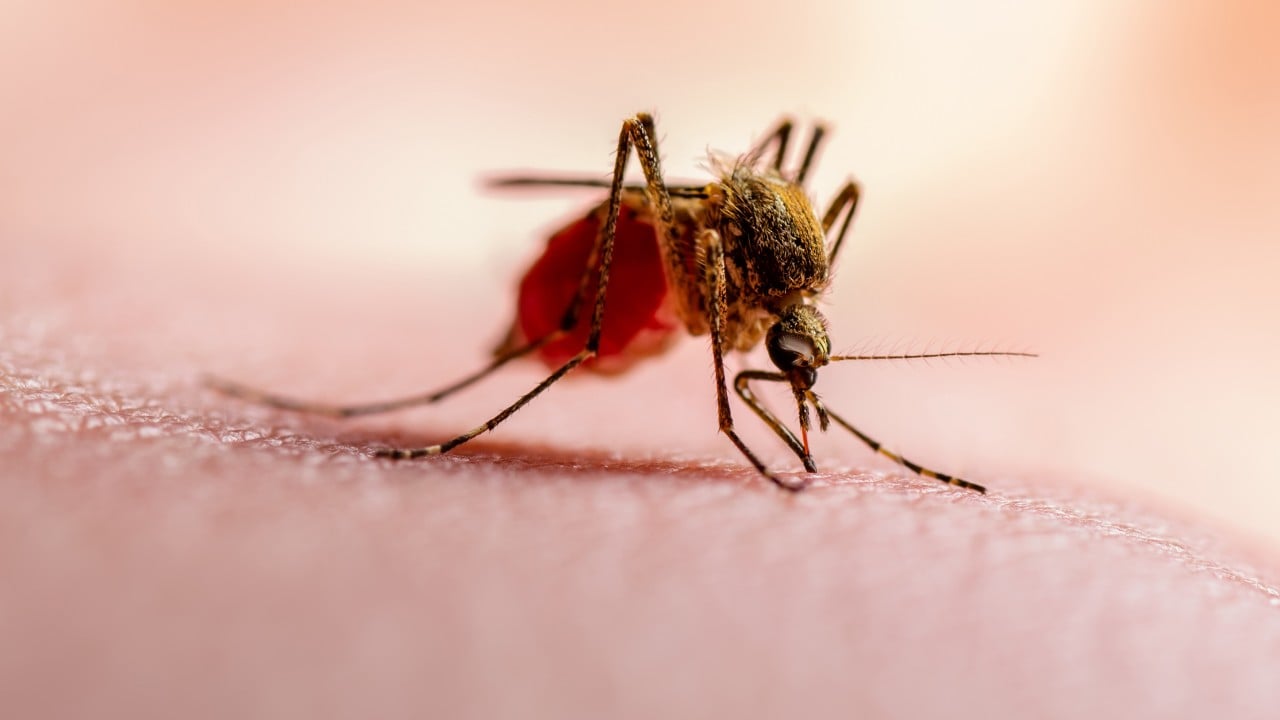Chinese scientists have developed a gene-editing system for plants that draws on material from deadly viruses such as dengue fever to improve safety and efficiency.
Advertisement
Commonly used gene-editing systems such as CRISPR rely on DNA vectors but they run the risk of leaving behind foreign DNA that can lead to unintended mutations.
The new system, developed by researchers from the Chinese Academy of Science Institute of Genetics and Developmental Biology and biotechnology company Qi Biodesign, uses messenger RNA, which does not have that problem.

“While mRNA delivery systems offer a powerful method for achieving transgene-free genome editing, they remain inefficient and challenging in plants,” the team wrote in a paper published in the peer-reviewed Plant Biotechnology Journal on February 10.
“Here we describe an efficient mRNA delivery system for plants with substantially improved editing efficiency.”
Viruses can improve the efficiency of the process because of the way they have evolved to pass things between hosts.
Advertisement
The enhanced delivery system was created using components from the dengue fever and tobacco mosaic viruses, and outperformed a widely used DNA plasmid-based delivery system.
It improved average editing efficiency by 4.3 times when used for rice and 3.5 times for wheat, according to the team led by the institute’s plant editing expert Caixia Gao.

